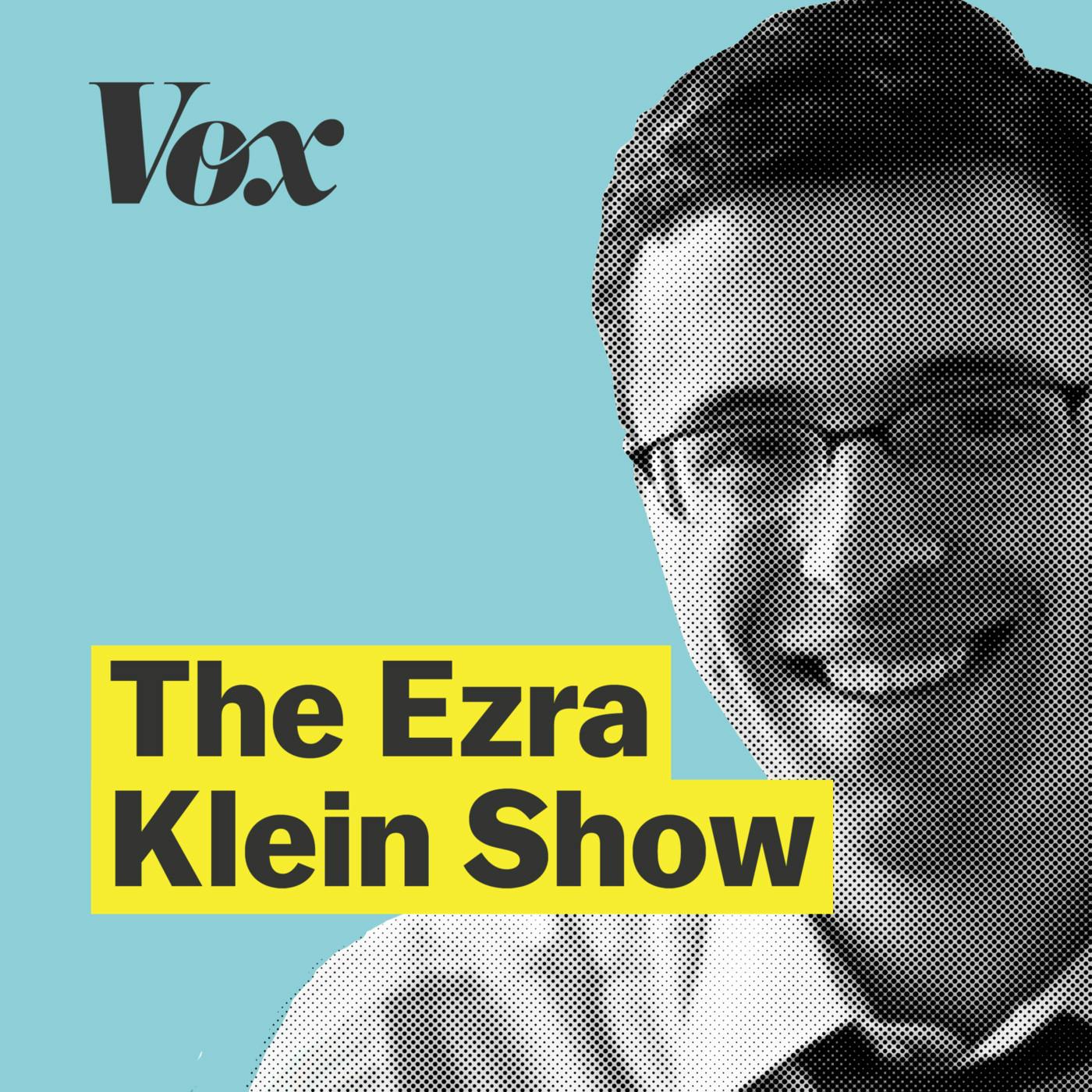
Political power and the racial wealth gap
Vox Conversations
The racial wealth gap is where past injustice compounds into present inequality. When I asked Ta-Nehisi Coates, on this show, what would prove to him that white supremacy was over in this country, he pointed to the closing of the racial wealth gap. The numbers here are startling. In 2016, the median white family in America had $171,000 in wealth. The median black family had just $17,400. Put differently, for every dollar in wealth the average white family has, the average black family has a dime. And the chasm is growing. One of the first episodes of Vox’s new Netflix show, Explained, explores the roots, realities, and future of America’s racial wealth gap. This conversation continues the discussion with one of the key voices in that episode: Mehrsa Baradaran, a law professor at the University of Georgia and author of the extraordinary book The Color of Money: Black Banks and the Racial Wealth Gap. Baradaran focuses on a part of the American story that’s often ignored: the way African Americans were locked out of the financial engines that create wealth in America, and the way the rhetoric of equal treatment under the law was weaponized, as soon as slavery ended, against efforts to achieve economic equality. But Baradaran’s view isn’t just historical: she’s also studied the way African Americans are disproportionately unbanked and underbanked today, and has been advising Sen. Kirsten Gillibrand’s efforts to do something big and surprising to solve it: building a nationwide postal banking system. The issues discussed in this episode are, I think, some of the most important facing America right now, and Baradaran’s perspective is unusual in its marriage of analytical rigor, historical analysis, real solutions, and deep compassion. This is worth listening to. Recommended books: The Human Instinct by Kenneth R. Miller Master of the Senate by Robert Caro Feel Free by Zadie Smith Learn more about your ad choices. Visit podcastchoices.com/adchoicesNext Episodes

Tyler Cowen on the painful end of American complacency @ Vox Conversations
📆 2018-05-21 11:00 / ⌛ 01:29:42

A mind-expanding conversation with Michael Pollan @ Vox Conversations
📆 2018-05-14 11:00 / ⌛ 01:25:01

Optimism about America @ Vox Conversations
📆 2018-05-07 11:00 / ⌛ 01:23:44

The New York Times’s lead Clinton reporter reflects on her coverage @ Vox Conversations
📆 2018-05-03 12:00 / ⌛ 01:00:38

The age of "mega-identity" politics @ Vox Conversations
📆 2018-04-30 12:00 / ⌛ 01:19:57